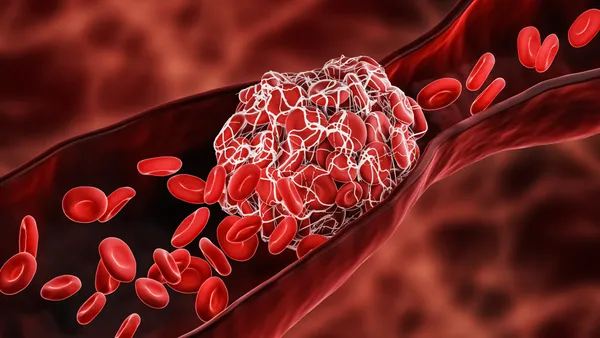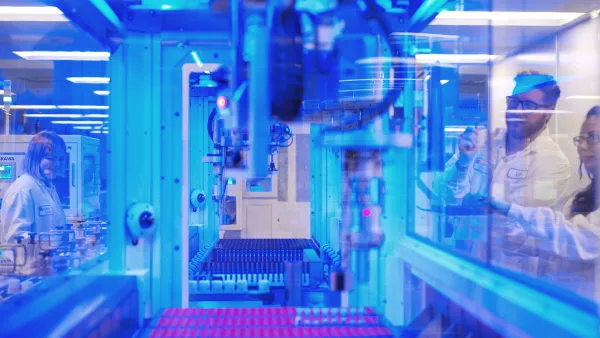Dive Brief:
- The Environmental Protection Agency released a final rule on Thursday setting new emissions standards for ethylene oxide (EtO), a carcinogenic chemical used to sterilize tens of billions of medical devices every year.
- The new limits are expected to reduce EtO emissions by 21 tons per year and reduce people’s lifetime cancer risk who live near sterilization facilities. The agency expects the changes to reduce EtO emissions from commercial sterilizers by more than 90%.
- Medical device companies pressed the EPA for more time to meet the new emissions limits, and were granted longer than the proposed 18 months. Scott Whitaker, CEO of the industry group Advamed, said in a statement the organization will be reviewing the rule and remains “hopeful that these changes will not have a negative impact on the healthcare system or the patients we serve.”
Dive Insight:
The EPA’s rule tightens emissions limits for sterilization facilities that use EtO. The chemical, a clear gas, is used to sterilize about half of medical devices in the U.S., and it is also used to sterilize spices.
While alternative methods exist, EtO is often used to sterilize pre-packaged surgical kits, devices sensitive to heat or moisture, and devices such as catheters that have hard-to-reach parts.
Per a consent decree, the EPA was required to sign the final rule by March 1.
The rule would add emissions restrictions for facilities that use less than one ton of EtO per year. It also would add standards for building leaks and chamber exhaust vents, which currently aren’t regulated, and strengthen limits for sterilization chamber vents and aeration room vents.
Importantly, the EPA expects that the changes mean no one would be exposed to EtO levels that could lead to a lifetime cancer risk of more than 1 in 10,000 people, the upper bound of what the agency considers an acceptable risk.
“We have followed the science and listened to communities to fulfill our responsibility to safeguard public health from this pollution – including the health of children, who are particularly vulnerable to carcinogens early in life,” EPA Administrator Michael Regan said in a statement. “We’ve arrived at a historically strong rule that will protect the most exposed communities from toxic air pollution while also ensuring that there will be a process that safeguards our nation’s critical supply of sterilized medical equipment.”
Medical device sterilizers now have at least two years to meet the new emissions limits, with larger sterilizers having tighter deadlines than smaller facilities. Facilities that use more than 60 tons per year of EtO have two years, while facilities that use less than one ton per year have three years.
The EPA said it would apply to nearly 90 commercial sterilization facilities that are owned and operated by approximately 50 companies. Device makers sometimes work with sterilization companies like Steris or Sterigenics, but larger firms such as BD and Medtronic have their own facilities.
In November, an EPA spokesperson told MedTech Dive an estimated 23 of 86 sterilizers in the U.S. met all of the proposed requirements. The agency said in a fact sheet on Thursday “a number of facilities” covered by the rule have already implemented one or more controls needed for compliance.
Medical device groups had pushed back against the original proposed rule, asking for more time and flexibility in the technologies to remove emissions, and raising concerns about potential medical device shortages. The EPA said in a fact sheet that the final rule should provide enough time and flexibility for facilities to come into compliance while minimizing potential impacts to the medical device supply chain.
“We have made clear that we value much needed updates to the rule. We have always approached the government agencies with relevant oversight as partners and not as adversaries because this rule has a far-reaching impact on patients and public health,” Whitaker said in a Thursday statement.
The FDA has been hosting a series of town hall meetings on device sterilization to discuss alternative methods and the agency’s expectations for proof that new products are sterile. The agency has also looked to offer more flexibility through master file pilot programs that allow device companies to change sterilization methods for cleared or approved products.
The EPA estimated capital costs associated with the final rule would come in at $313 million.













